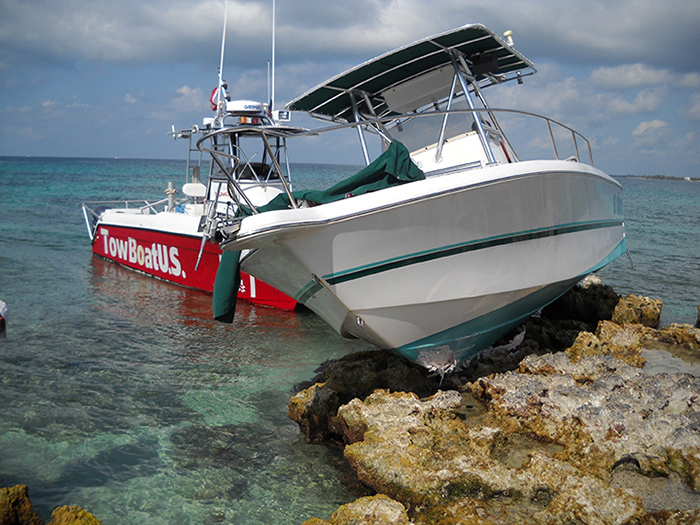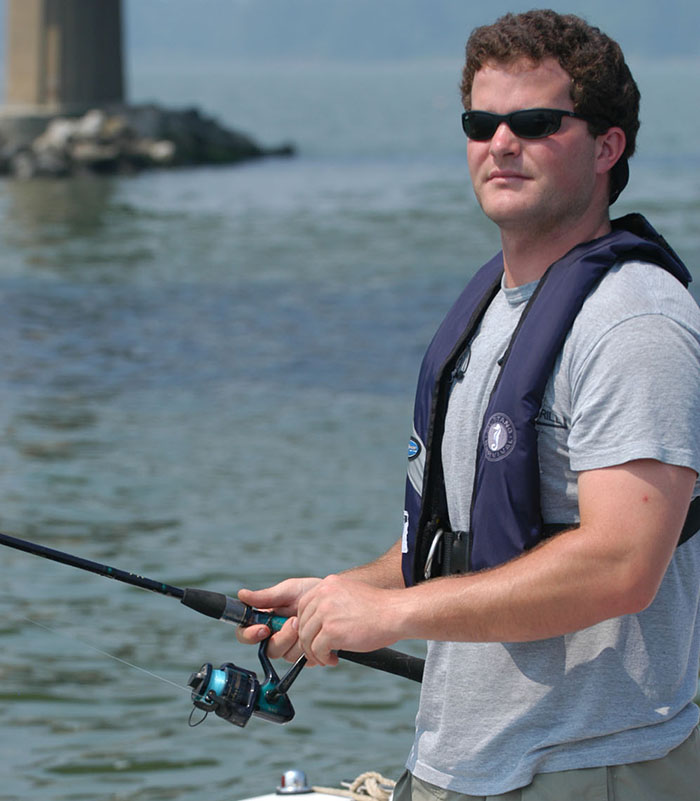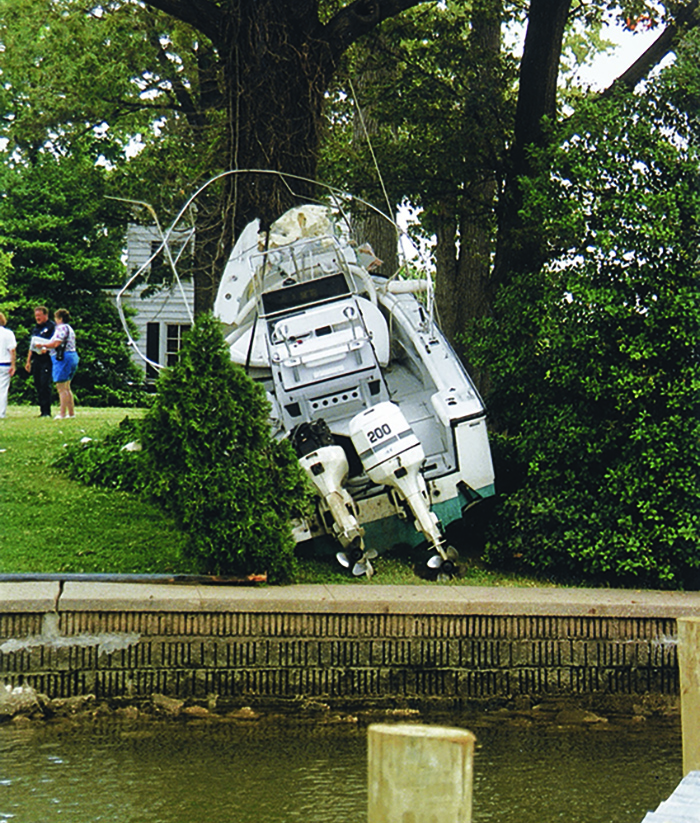Advertisement
Coast Guard statistics reveal decreasing recreational boating accidents in 2022, but the leading causes remain frustratingly fixable with skipper education, attentiveness.

Accidents happen, but most are avoidable.
Safe boaters see inexperienced and irresponsible boaters on the water on a regular basis, so it should come as no surprise that alcohol continued to be the leading known contributing factor in fatal boating accidents in 2022, accounting for 88 deaths, or 16% of total fatalities. The recently released 2022 U.S. Coast Guard Recreational Boating Statistics report also reveals the 636 total reported boating fatalities nationwide were a 3.3% decrease from the 658 deaths in 2021.
The total number of boating accidents decreased 9% (4,439 to 4,040), and the number of nonfatal injured victims decreased 15.9% (2,641 to 2,222). Operator inattention, operator inexperience, improper lookout, excessive speed, and machinery failure ranked, respectively, as the top five primary contributing factors in accidents. Even more tragically, drowning was the official cause of death in 75% of fatal boating incidents. And among those drowning victims, 85% of the deceased were not wearing a life jacket.
“Most incidents occur in benign conditions — calm waters, light wind, and good visibility — under which you may least expect to end up in the water, which is why it is critical to wear a life jacket and engine cut-off switch at all times as they are designed to save your life,” says Capt. Troy Glendye, chief of the Coast Guard’s Office of Auxiliary and Boating Safety.

PFDs save lives, but only if worn.

Fun on the water can turn into tragedy in an instant at high speeds.
Other takeaways from the report:
- The fatality rate was 5.4 deaths per 100,000 registered recreational vessels. In 1971, when the Safe Boating Act was first passed, the fatality rate was 20.6 deaths per 100,000 registered recreational vessels.
- Property damage totaled $63 million.
- The most common vessel types involved in reported incidents were open motorboats, personal watercraft, and cabin motorboats. Where vessel type was known, the vessel types with the highest percentage of deaths were open motorboats (47%), kayaks (14%), and personal watercraft and pontoons (9%).
The data is based on incidents that resulted in at least one of the following criteria: death, disappearance, injury that required medical treatment beyond first aid, damages to the vessel(s) or other property that equaled or exceeded $2,000, or a loss of vessel. “We thank our partners in boating safety who have all made it their mission to prevent incidents through educational outreach and enforcement,” says Glendye.
